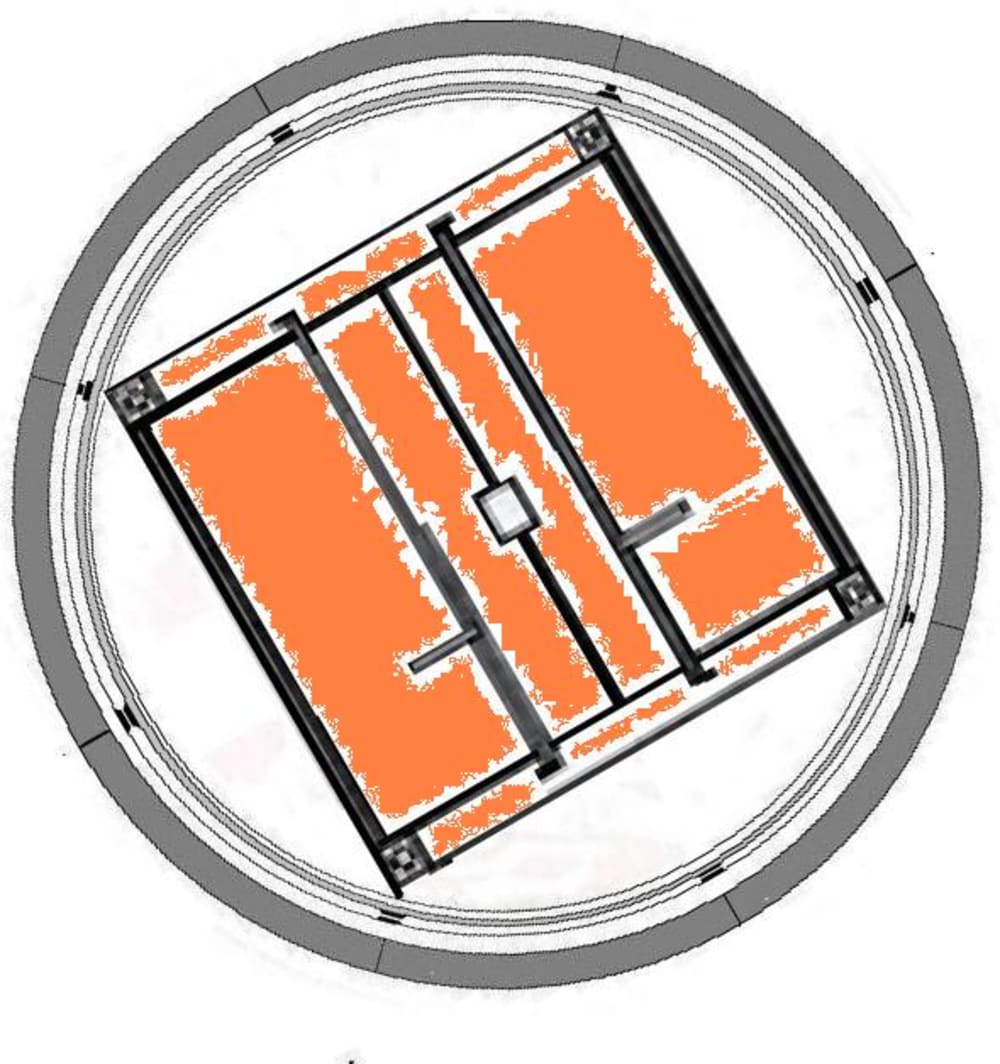INTEGRATED DISTRIBUTION SYSTEM
Enclosure lucratively modernizes infrastructures. The reduced cost of providing a smaller structural and technological undertaking pales in comparison to today's cost and the values of all the increased efficiencies and enhanced capabilities which will reliably come out of their integration into a secure and controlled environment.
Accomplishing that collective of todays distribution processes in a secure environment will invite these processes to begin utilizing existing abilities which cannot be so easily or reliably achieved in the highly restricted open air environments of today's processes. An opportunity to begin technologically evolving with out the vast bulk of time, energy, resource consumptions, and impacts caught up in todays prolonged and increasingly antiquated processes.
Integrating these distribution processes is not a structural, technological, or a financial problem. All the necessary incentives to achieve a beginning implementation exist.
The question is not how to accomplish it but how to achieve the commitment of those significant interest it will take to bring it to a realization.
My question is: are the leaders of government and the providers of these independent processes capable of recognizing their ability to profit in such an achievement? Can the government recognize the benefits of the social and economic efficiencies? And can the providers perceive their ability to invest less and profit more in the increased abilities generated? Enclosing these processes is the most ecologically and environmentally sound way to achieve them. While it is too. By far The most efficient way to accomplish them.
Today's populations level of well beings are directly related by the efficiencies of its infrastructural accomplishments.
Todays infrastructural processes are the hurried accomplishments which were devised and implemented in a far off time and in a completely different understanding and capability than exist today.
The infrastructures of today cannot meet the population needs much less the increasing wants and desires.
Their integrated accomplishment however will not only meet the current populations needs but can continue to exceed their future wants and desires.
An attempt to evaluate what cost are being incurred and what limits in spending could be justified in an alternative process.
I found out that the annual highway spending in 2010 was $205 billion. A pavement based infrastructural process which is also subject to an unavoidable $2.1 trillion in just the two instances of accidents and energy.
That this current spending could alternatively support a maximum investment of nearly a .5 billion per mile In 250,000 miles of system. In which there would not be the short lived high energy and resource consumption in paved processes, accidents, or an energy dependency.
Yes in a secure and precisely controlled environment transport can become reliably accomplished with out accidents and a dependency on energy consumption.
There are four areas in transport where energy is currently consumed in order to overcome the resistances of surface frictions, mechanical losses, air resistance, and inertia. The first three can be removed or nearly removed. The last overcoming inertia can be nearly all recovered in regenerative braking.
Like this entry?
-
About the Entrant
- Name:George Schrader
- Type of entry:individual
- Patent status:none





